Minesweeper automation game. Mix up a couple good genres and you end up with a good game, a game where with a bit of setup, you can clear 4000 levels in less than a minute. Im frankly surprised rn that I only have 3 different minesweeper reviews, and not more. Bombe is a game where you solve the situations, not just the puzzles.
This game looks complicated on the surface, but gets more simple the more you play it. Basically unlike regular minesweeper games where you either clear or mark individual cells, in Bombe, each clue generates an input on the grid, and you have to take one to four of these inputs and create a rule. These rules can either mark cells, clear cells, or create new inputs. This essentially takes out all the busywork of solving regular minesweeper grids by instead asking you to only solve each logical deduction once. That way when the game encounters the same situation, it’ll reuse the logic you deduced first time round.
The simplest rule, and probably your starting point is “Zero mines in any number of cells -> Clear cells”, and “One mine in one cell -> Mark cell”.
Then as you go on, you start combining multiple inputs together and deciding what happens in certain overlaps. For example, if you had this layout:
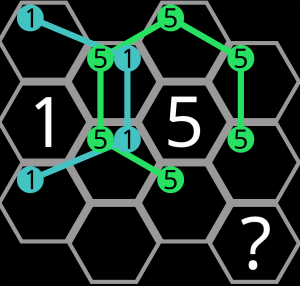
The logic here is that since only one of the 2 cells left of the 5 can be a bomb, it means the other 4 cells around the 5 must be a bomb, so lets create that rule:
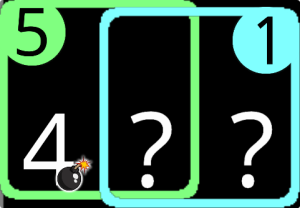
We select the 5 and the 1, and it creates a Venn diagram of how many cells are covered by each. This started as 4, 2, 2, since that is the amount in the picture, but since we don’t care how big the overlap is, or how much is on the 1 that isn’t covered by the overlap, we can set them to “dont care”. Then we tell the rule to mark the cells covered only by the 5.
The game doesn’t let you create rules that are illogical. If you try to create a rule that wouldn’t work, it’ll tell you what configuration of bombs would cause the rule to fail and asks you to fix them before submitting.
So now we have this:
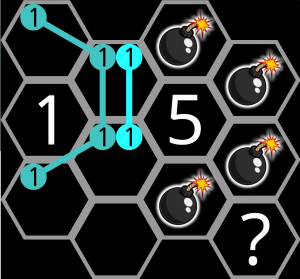
The next logic to employ is that whatever bombs are in the 1 section must be in the smaller 1 section, since if it’s outside that smaller 1, we have no room left in the larger 1 to satisfy the smaller 1. That was a lot of 1s sorry about that. Lets create another rule.
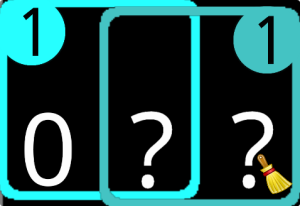
Again with the dont cares, all we logically care about here is that one of the clues is a strict subset of the other, and therefore we only need to test that one of the clues has 0 cells, then mark the excess of the other clue.
And lastly we’re left with this:

As we can see, the two in two cells will be trivially marked, and that completes the one, and completes the puzzle!
As the game progresses and you create more rules, you’ll find you solve puzzles without even looking at them because your existing rules already solve the puzzle provided to you. Of course though, to keep things interesting, regular numbered clues aren’t all you’ll encounter. You’ll also encounter clues in the form of “1+”, “3-“, “1/2”, “1/3”, and even “!1” (where ! means anything except).
As you solve more puzzles though and learn the mechanics and logic solving better, the game will unlock more tools for you to use, as well as challenges to face. On the left you have all the levels. 200 of each size and complexity, bundled into 5 tabs, for a grand total of 24000 normal levels, and 6000 weekly puzzles to truly test out any weird edge cases in your pile of rules. There are also 3 additional challenge modes: The first one restricts you to 3 regions per rule. The second gives you 60 rules max (surprisingly possible), and the last gives you 300 rules max, but disables variables.
And that brings me to variables: What makes this game surprisingly deep is that as you progress, you gain access to variables. Chi (X) first, then every couple thousand levels, you get Psi, Kappa, Pi and Eta, and those let you generalise rules. You remember our “One in one cell -> Mark” rule from the start? Now we can do “Chi in chi cells -> Mark” and delete the 1 in 1, 2 in 2, etc rules. This really streamlines the game, and 60 rules mode is basically a mastery over variables challenge.
One last tool is visibility marking: At higher levels, the amount of clues on screen at any given time becomes absurd. Visibility markings let you move clues between 3 layers: Visible (the default layer), Hidden (still visible to the logic but hidden from the screen), and Trash (completely disregarded from logic. Useful for if you have “0+” clues somehow.) The buttons on the left tell you how many clues are on each layer and lets you switch between them.
All in all a surprisingly in-depth and challenging game for a minesweeper varient. Would recommend.
Steam: https://store.steampowered.com/app/2262930 £8.50
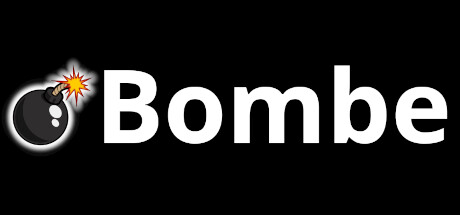
Leave a Reply